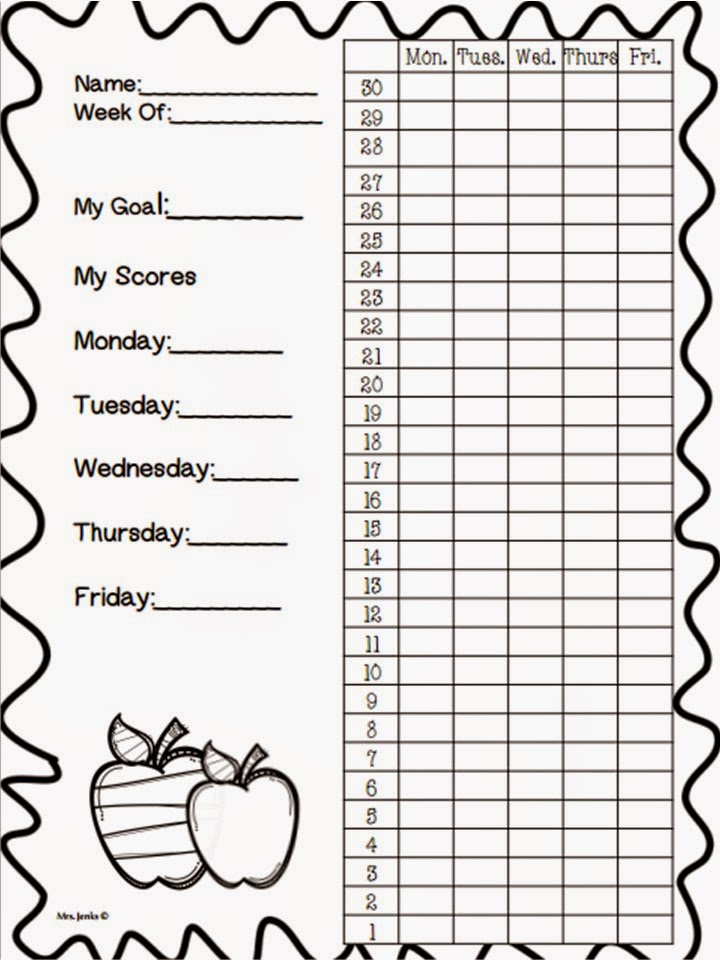How many times have you tried to start a lesson, teaching area, perimeter, or adding and subtracting fractions, and your students are able to understand the higher level concept, but are struggling with doing the basic math? Are they counting on their fingers or making tally marks? This is something I've run into many times, and my solution-- practicing math facts every day!
I teach 3rd grade, so I focus on building their fact fluency in multiplication and division, but I spend the beginning of my year working on their addition and subtraction fact fluency.
To do this, I've created my Mad Minutes!
I've built in a routine into every math class. The first thing we do is take out our Mad Minute folder (which happens to be purple this year), write our name on the top of the mad minute, and raise our pencil so I know when everyone is ready. Using a timer on my projector, I set the clock to 1 minute and then we GO! For the most parts, students LOVE this and frantically try to get as many answers down as possible. When the minute is over, we switch with a neighbor to correct then fill out their weekly graph tracking their progress.
On Fridays, I collect their folders to see if they reached their weekly goal I set (I usually go 5 problems above what they scored the week before), give them a new graph with a new goal, and if they met their goal, they get a sticker on the front of their folder.
By the end of the year,their folders are usually covered. Their goals are personal, but I try to make them realistic for each individual student so they are experiencing success.
From selling them on teacherspayteachers, I know some teachers use them for fluency stations as well. Check out this free preview from my store!
If you love them, check out all my different Mad Minute Packs in my TPT store!
Do you use mad minutes? What do you do to build student fluency? I'd love to hear your thoughts and ideas!
Enjoy!
Jaimie :)









.JPG)
